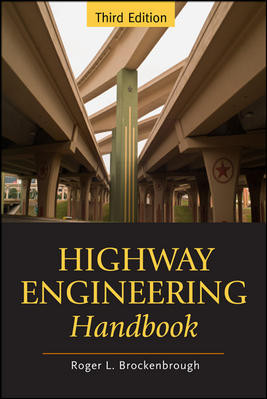Transportation Infrastructure
Houston Bridge's Revised Design Adds $300M to Price
Houston Ship Channel span redesign replaces concrete with steel

A revised plan replaces a concrete substructure with steel for the new Houston Ship Channel bridge.
Photo courtesy of Harris County Roll Road Authority
Officials in Texas have settled on plans to replace a flawed design for the new Houston Ship Channel bridge project over safety concerns, with an added build cost of nearly $300 million on top of the original $962 million price.
The new design for the 4.1-mile bridge, which will carry a widened Sam Houston Tollway across the channel, replaces the original pre-cast concrete substructure with a steel substructure. It also eliminates planned stay cradles in favor of anchorages and steel boxes in the pylons.
“There is a design flaw within the existing work,” says Roberto Trevino, executive director of the Harris County Toll Road Authority. “Should that bridge have continued to have been constructed with the previous design, those flaws would have led to some safety issues which could have led to some unfortunate things in the future.”
The Harris County Commissioners Court approved a $291.5 million contract amendment with Ship Channel Constructors LLC on Nov. 30 to continue work with the updated design, on top of the $567.9 million contract the county had already signed with the builder. The contractor is a joint venture of Traylor Brothers Inc. and Zachry Construction Corp.
The remaining work will be done in three phases, Trevino says. First, the completion of the southbound approaches and main span, then the demolition of existing concrete pylons built for the earlier design, followed by the construction of the northbound approaches and main span. The bridge is expected to open to southbound traffic in early 2025 and the northbound bridge will open in early 2028, the authority says.
Work on the FIGG Bridge Engineers-designed segmental cable-stayed bridge initially started in 2018, but the county ordered an independent review of the plans after the collapse of a pedestrian bridge in Miami that was also designed by FIGG. Work on the Houston bridge halted in early 2020.
As ENR previously reported, the county hired COWI North America Inc. to perform an independent review of FIGG’s design, and the firm identified 21 areas of “significant concern,” including the wind loading, curved leg regions and foundations. COWI is now the engineer of record on the project.
Even with the added cost, the county commissioners said the work is needed to address safety issues tied to piers in the channel and the lack of shoulders on the bridge.
“The sooner we can get this done, the safer it will be for the public,” Commissioner R. Jack Cagle said during the Nov. 30 meeting.






